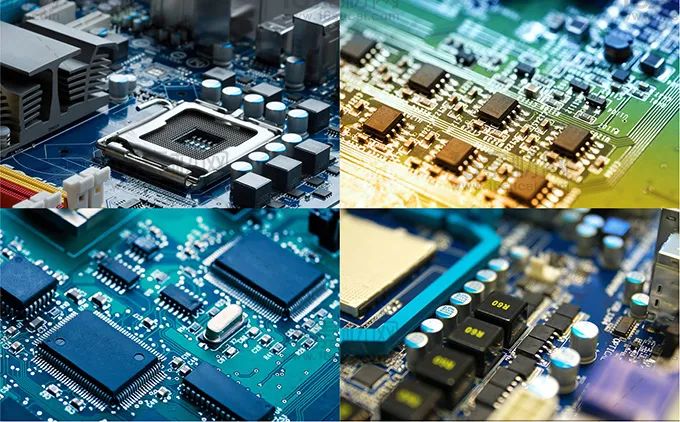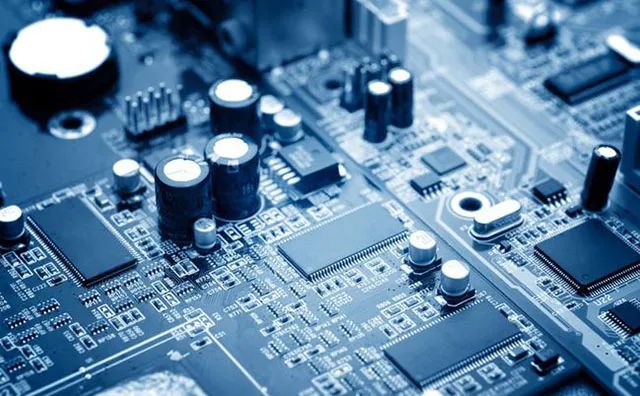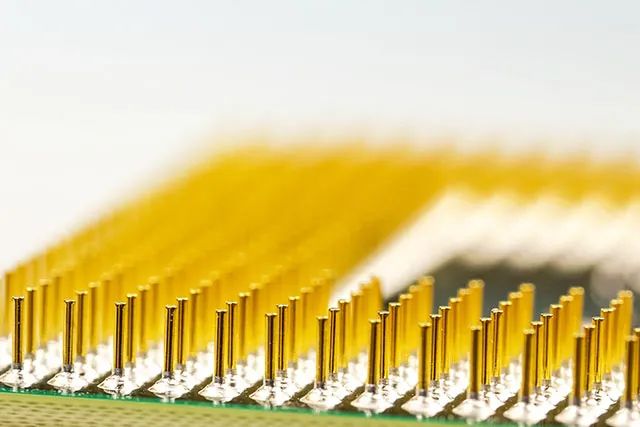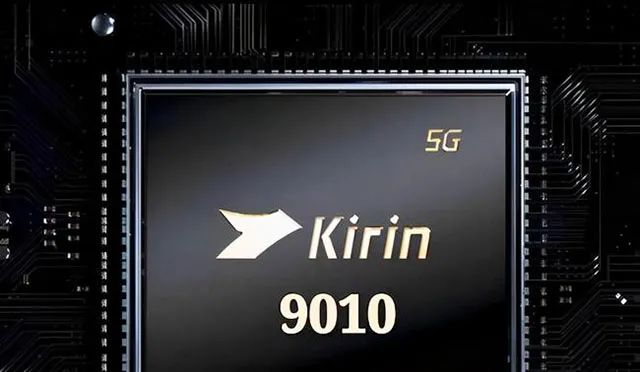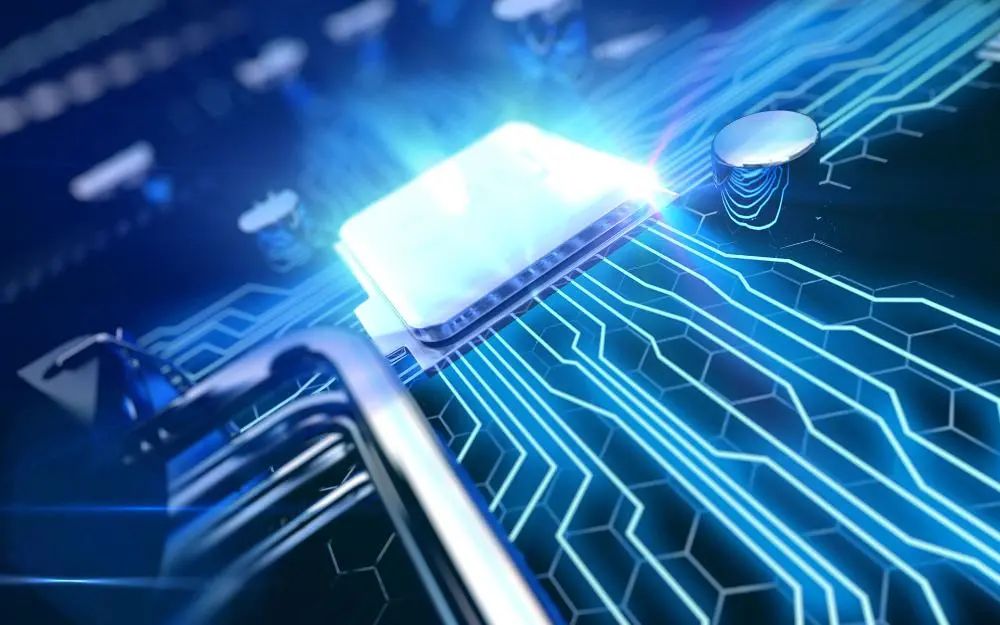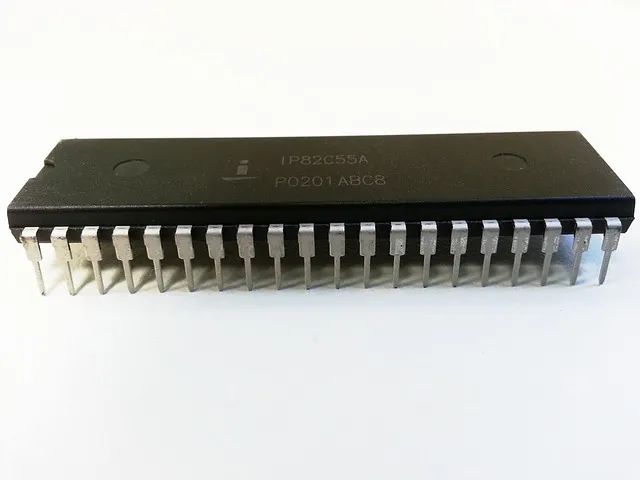Semiconductors are commonly used components in the electrical appliances we use in our daily lives. How much do you know about semiconductors? Today, we will start with the most basic semiconductor power devices to gain a comprehensive understanding of the “past and present” of semiconductors.
Power Electronic Devices are also known as power semiconductor devices, used for the conversion and control of electrical energy in circuits involving high power (usually referring to currents ranging from tens to thousands of amps and voltages over hundreds of volts).
Common Types of Power Semiconductor Devices
1. MCT – MOS Controlled Thyristor
MCT is a new type of MOS and bipolar composite device. MCT combines the high impedance and low drive characteristics of MOSFET with the high voltage and high current characteristics of thyristors, forming a high-power, high-voltage, fast-switching fully controlled device. Essentially, MCT is a thyristor controlled by a MOS gate. A narrow pulse can be applied to the gate to turn it on or off, and it is composed of countless single cells in parallel.
Compared to GTR, MOSFET, IGBT, GTO, and other devices, it has the following advantages:
(1) High voltage and large current capacity, with a blocking voltage reaching 3000V and peak current reaching 1000A, with a maximum turn-off current density of 6000kA/m2;
(2) Low on-state voltage drop and low loss, with an on-state voltage drop of about 11V;
(3) Extremely high dv/dt and di/dt tolerance, with dv/dt reaching 20kV/s and di/dt at 2kA/s;
(4) Fast switching speed and low switching loss, with a turn-on time of about 200ns and the ability to turn off a 1000V device within 2s.
IGCT is a new type of device developed based on thyristor technology, combining IGBT and GTO technologies, suitable for high-voltage, large-capacity variable frequency systems, and is a new type of power semiconductor device used in giant power electronic systems.
IGCT integrates the GTO chip with a reverse parallel diode and gate drive circuit, connecting it to the gate driver in a low-inductance manner. It combines the stable turn-off capability of transistors with the low on-state losses of thyristors. In the conduction phase, it exhibits the performance of a thyristor, while in the turn-off phase, it shows the characteristics of a transistor. The IGCT chip can handle 0.5~3MW for two-level inverters and 1~6MW for three-level inverters without being connected in series or parallel; if the reverse diode is separated and not integrated with the IGCT, the power for two-level inverters can be expanded to 4/5MW and for three-level to 9MW.
3. IEGT – Injection Enhanced Gate Transistor
IEGT is a series of power electronic devices with a voltage rating of over 4kV, achieving low on-state voltage through an enhanced injection structure, leading to a breakthrough in large-capacity power electronic devices. IEGT has potential as a development prospect for MOS series power electronic devices, characterized by low loss, high-speed operation, high voltage resistance, and intelligent active gate drive. It also features a trench structure and multi-chip parallel self-sharing characteristics, making it quite promising for further increasing current capacity.
4. IPEM – Integrated Power Electronic Module
IPEM is a module that integrates many devices of power electronics. It realizes the intelligence and modularization of power electronic technology, significantly reducing circuit wiring inductance, system noise, and parasitic oscillation, thereby improving system efficiency and reliability.
The Power Electronic Building Block (PEBB) is a device or module developed based on IPEM that can handle integrated electrical energy. Although it looks similar to a power semiconductor module, PEBB includes not only power semiconductor devices but also gate driver circuits, level conversion, sensors, protection circuits, power supplies, and passive components. Multiple PEBB modules can work together to perform system-level functions such as voltage conversion, energy storage and conversion, and impedance matching. The most important feature of PEBB is its versatility.
6. Ultra-High Power Thyristors
Since its inception, the power capacity of thyristors (SCR) has increased nearly 3000 times. Many countries can now stably produce 8kV/4kA thyristors. Japan has now put into production 8kV/4kA and 6kV/6kA light-triggered thyristors (LTT), while the US and Europe mainly produce electrically triggered thyristors. It is expected that in the coming years, thyristors will continue to develop in high voltage and large current applications.
7. Pulse Power Closing Switch Thyristors
This device is particularly suitable for applications that transmit extremely high peak power (several MW) for very short durations (several ns), such as: lasers, high-intensity lighting, discharge ignition, electromagnetic launchers, and radar modulators. This device can rapidly turn on under several kV of high voltage without discharge electrodes, has a long lifespan, is compact, and relatively inexpensive, and is expected to replace currently used high-voltage ion thyristors, igniters, spark gap switches, or vacuum switches.
8. New GTO Device – Integrated Gate Turn-off Thyristor
Currently, there are two conventional GTO alternatives: high-power IGBT modules and new GTO-derived devices – integrated gate turn-off IGCT thyristors.
9. High-Power Trench Gate Structure IGBT Modules
In today’s high-power IGBT modules, the IGBT cells usually adopt a trench gate structure. Compared to planar gate structures, trench gate structures typically use 1μm processing precision, greatly increasing the cell density.
10. Injection Enhanced Gate Transistor IEGT
Like IGBT, it also comes in both planar and trench gate structures, with the former’s products about to be launched, while the latter is still under development. IEGT possesses certain advantages of both IGBT and GTO: low saturation voltage, wide safe operating area (absorbing loop capacitance is only about 1/10 of GTO), low gate drive power (two orders of magnitude lower than GTO), and higher operating frequency. Additionally, this device uses a flat contact electrode lead-out structure, promising higher reliability.
11. MOS Gate Controlled Thyristor
The MOS gate controlled thyristor fully utilizes the excellent on-state characteristics of thyristors and their superior turn-on and turn-off characteristics, promising excellent self-turn-off dynamic characteristics, very low on-state voltage drop, and high voltage resistance, becoming a high-voltage, high-power device with development prospects in power devices and power systems.
12. Gallium Arsenide Diodes
Compared to silicon fast recovery diodes, this new type of diode is characterized by: small reverse leakage current variation with temperature, low switching loss, and good reverse recovery characteristics.
13. Silicon Carbide (SiC) Power Devices
Among the power devices made from new semiconductor materials, silicon carbide (SiC) power devices are the most promising. Their performance indicators are an order of magnitude higher than those of gallium arsenide devices. Compared to other semiconductor materials, silicon carbide has the following excellent physical characteristics: high bandgap width, high saturation electron drift speed, high breakdown strength, low dielectric constant, and high thermal conductivity. Moreover, SiC devices can achieve switching times on the order of 10nS and have very superior FBSOA.
From a developmental perspective, power semiconductor devices have gone through: traditional thyristors that flourished in the 1960s and 1970s, power MOSFETs and their related devices developed over the past twenty years, and the super-large power semiconductor devices developed from the first two types, each representing the technological development process of power semiconductor devices in different periods.
In summary, power semiconductor devices mainly include power modules, power integrated circuits (Power IC, abbreviated as PIC, also known as power IC), and discrete devices. Among them, power modules modularize multiple discrete power semiconductor devices; power ICs integrate discrete power semiconductor devices with driving/control/protection/interface/monitoring peripheral circuits; discrete power semiconductor devices are the key to power modules and power ICs.
These power devices play important roles in their respective fields. Different power semiconductor devices have varying characteristics in terms of voltage tolerance, current capacity, impedance capability, and size, and suitable devices need to be selected based on different fields and requirements in actual use.
With continuous technological advancements, power semiconductor devices are constantly evolving. Since the 1980s, power semiconductor devices such as MOSFETs, IGBTs, and power integrated circuits have gradually become mainstream application types.
Currently, the international power electronics market is growing at an average rate of 15% per year, with major suppliers of power electronic devices concentrated in the United States, Japan, and Europe, with silicon-based power MOSFETs and IGBTs dominating the international market, where IGBTs have an annual growth rate of up to 30%. New materials such as SiC and GaN power electronic devices are still in the early stages of market development due to time, technological maturity, and cost constraints, but their potential should not be underestimated.
Welcome to the angel round of the entire automotive industry chain (including the dynamic battery industry chain),Around enterprises to join the group(which will be recommended to include top investment institutions among 800 automotive investment institutions);There are communication groups for leaders of science and technology innovation companies, and dozens of groups in the automotive industry, including complete vehicles, automotive semiconductors, key components, new energy vehicles, intelligent connected vehicles, aftermarket, automotive investment, autonomous driving, vehicle networking, etc. To join the group, please scan the administrator’s WeChat (Please indicate your company name)

